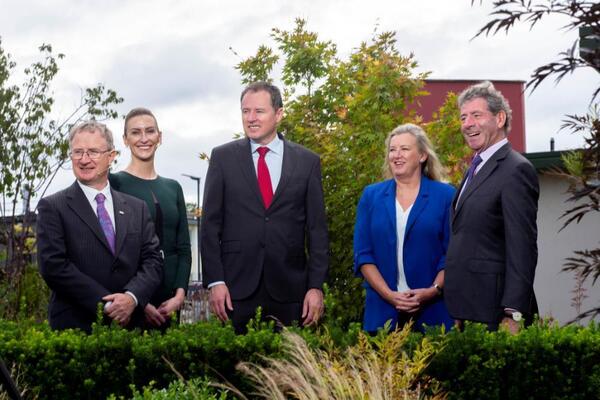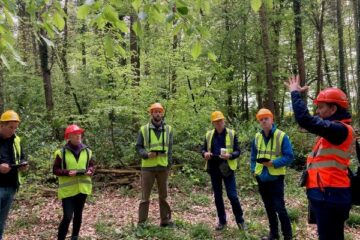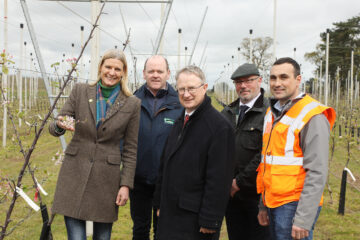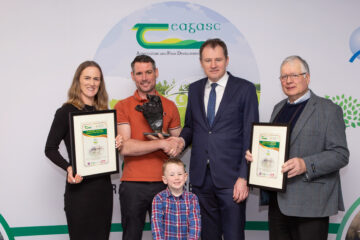A new Teagasc Marginal Abatement Cost Curve (MACC) to assist farmers and the agriculture industry to reduce greenhouse gas emissions, was launched by the Minister for Agriculture, Food and the Marine Charlie McConalogue TD, in Dublin.
The agriculture sector must reduce from the 2018 level of Greenhouse gases of 23 MT CO2 eq per year, by 25% to 17.25 MT CO2 eq per year by 2030.
The new MACC shows this can be achieved under scenario 1 (base case or most likely scenario) with Pathway 2. In other words with projected livestock numbers of 6.785 million head in 2030, and with an ambitious level of technology adoption by farmers to mitigate GHGs.
The base case Scenario, Scenario 1, predicts 8% growth in dairy cow numbers relative to 2022 numbers and a 29% reduction in suckler cow numbers over the period to 2030. The Teagasc FAPRI-Ireland model used to project numbers takes into account existing policies and potential future market forces.
Teagasc Director Professor Frank O Mara said, “the Teagasc 2023 MACC shows that there is a technology pathway for the agriculture sector to meet its obligation to reduce Greenhouse gas emissions, but it requires a very high uptake of the currently available mitigation measures and future technologies to achieve that.”
“We have established the Teagasc Signpost Advisory Programme to deliver a free public good service to farmers to help them adopt the technologies and reduce their emissions. We have also developed a sustainability digital platform called AgNav, with ICBF and Bord Bia, which our advisors will use with farmers to give them a number for their farm’s emissions, and assist them in developing a plan to take climate action on their own farms.”
Minister for Agriculture, Food and the Marine Charlie McConalogue TD, said, “achieving our emissions reduction target is going to take a collective effort by farmers, advisors, educators and the whole agri industry. I am delighted to see all of those groups represented at the launch today. The new Teagasc MACC sets out a pathway of technologies to achieve agriculture’s targets. Farmers have already started on the journey, using protected urea, low emission slurry spreading, reducing nitrogen application and by incorporating clover into their grass swards. I have financially supported the delivery of the MACC measures through various programmes such as genotyping, SCEP and TAMs. The second and third wave of technologies are in the research pipeline and I look forward to them being ready for on-farm adoption in the near future.”
What’s new in this MACC :
- The Teagasc FAPRI-Ireland model has been used to update the animal number projections to 2030.
- New mitigation measures have been added, including age at finishing, feed additives, and diversification.
- Some of the existing mitigation measures have been adjusted based on new science, particularly dairy EBI.
- The agricultural efficiency measures have been separated out.
- Two technology adoption pathways have been examined.
The very high (Pathway2), rate of adoption of mitigation measures by farmers includes achieving a 3 month reduction in finishing age of cattle across the herd, replacing 90% of CAN fertilizer and 100% of straight urea with protected urea, the use of feed additives to reduce enteric methane in half of dairy cows and the uptake of diversification options to displace 140,000 livestock units.
To see the executive summary of the 2023 MACC, click here
Source: Teagasc



